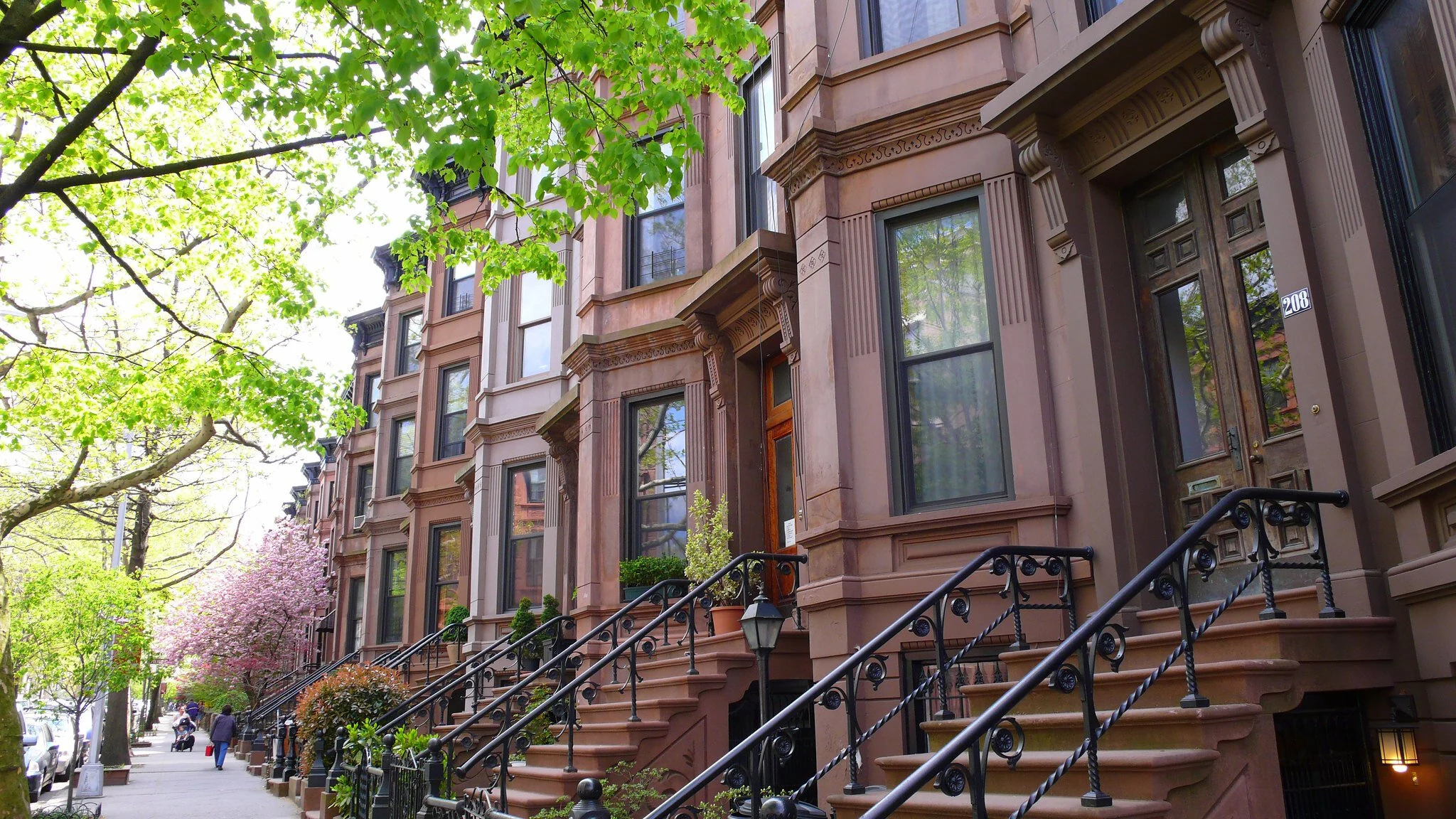Indianapolis, IN
The Towns Outsmarting Airbnb
Late last year, New York City made headlines when it all but banned Airbnbs and other short-term rentals within city limits. In August of 2023, Airbnb had more than 25,000 short-term rentals listed in New York City. Tenant groups across the city accused short-term rental platforms of hollowing out neighborhoods and causing already-high rents to grow even higher.
“You would see tourists on the streets in neighborhoods where there weren’t any hotels,” recalls New York-based artist and activist Murray Cox. The sound of rolling suitcases could be heard at all hours. Once tight-knit communities began to feel lifeless. When Cox ran the numbers on his own neighborhood — Bed-Stuy in Brooklyn — he found about 1,000 listings. Cox also heard horror stories from other parts of the city. “People would move into a building and then find that the building was full of tourists day in and day out,” he says. “In some cases, they would be so uncomfortable they’d feel forced to leave.”

So, in September of 2023, New York City decided to do something about it. A series of bold requirements capped the total number of short-term rentals (STRs) and limited guests to just two at a time. They required STR operators to be primary homeowners — and to be present in the home while hosting. The city also promised to enforce those requirements, a move that would wipe out nearly 90 percent of active listings at the time.
Though it may sound revolutionary, New York’s crackdown isn’t the first of its kind. In fact, it’s part of a growing trend — one largely spearheaded by much smaller towns. Over the last decade, communities from Irvine, California, to Durango, Colorado, have implemented clever regulations, taxes and zoning policies to hobble the STR market — or, in some cases, eliminate it altogether. As the success stories pile up, a growing body of research points to the dramatic positive impacts of policies like these, including lower rents, more equitable housing markets and the promise of a sustainable tourism economy.
When Airbnb was founded more than a decade ago, it was heralded as the harbinger of a new sharing economy. In theory, home-sharing platforms — including Airbnb, Couchsurfing, VRBO, FlipKey and Homestay — would put underutilized bedrooms to use, matching budget-conscious travelers with locals in need of a little extra cash. The system would funnel tourism dollars into small towns in a more equitable way. It seemed like a win-win. But within a few years, one clear loser emerged: communities.
“It didn’t take very long for people to realize the sharing economy was basically a scam,” explains Cox, who later went on to found data-sharing platform Inside Airbnb. “People weren’t using that car that was sitting in the driveway to drive Uber. And people weren’t just renting out a sofa or a spare bedroom.” Instead, people saw an economic opportunity they could invest in. And they started buying whole homes to rent out on Airbnb.
In many cases, speculators and investment companies were buying multiple homes expressly for short-term rental use. According to an analysis Cox performed in 2022, about two-thirds of Airbnb rentals in the US are in a property portfolio, which means the host owns and rents more than one property. At the time, he found nearly 23 percent of Airbnb hosts had two or more entire homes or apartments listed on the site. That made up 607,085 listings — or 63 percent of entire-home listings. And the top one percent of operators have more than 300,000 Airbnb listings among them — a stat that points to huge conglomerates gobbling up the market.
These days, Airbnb isn’t just a way to share underutilized bedrooms; it’s big business.
Right now, about 90 percent of Airbnbs in Bozeman, Montana, and Nashville, Tennessee — both popular vacation spots — are whole homes. Both Bozeman and Nashville are also relatively small towns with exploding local populations and limited housing stock. That means that every home set aside for a year-round STR listing is a home unavailable to local residents struggling to find — and afford — housing. In extreme cases, the STR explosion has been a contributing factor in forcing longtime locals to move away. The so-called “Airbnb Effect” can hollow out once-vibrant communities.
This effect is most visible in popular vacation hot spots. In Hawaii, for example, out-of-towners have bought up so many homes that few are left for Native Hawaiians.
Crushed by negative news?
Sign up for the Reasons to be Cheerful newsletter.
“On Maui alone, 52 percent of homes are sold to nonresidents, and 60 percent of condos and apartments have gone to investors and second homeowners,” writes Stanford researcher Noah Jordan Magbual in a recent report. “The once indigenous population of the Hawaiian archipelago are now outcasts in their own home.”
The Airbnb Effect also impacts bigger urban areas. In 2015, one study found that STRs had sucked at least 10 percent of New York’s available housing off the market. Another New York study showed that this reduction in supply led to rent increases of up to hundreds of dollars per year. In Barcelona, the effect is even more severe, with rents rising by seven percent and housing costs rising by up to 17 percent in popular neighborhoods.
For some cities, the proliferation of STRs has become more than just an economic issue; it’s existential. That’s especially true in New Orleans, the longtime home of Jeffrey Goodman, an urban planner and consultant who specializes in STRs.